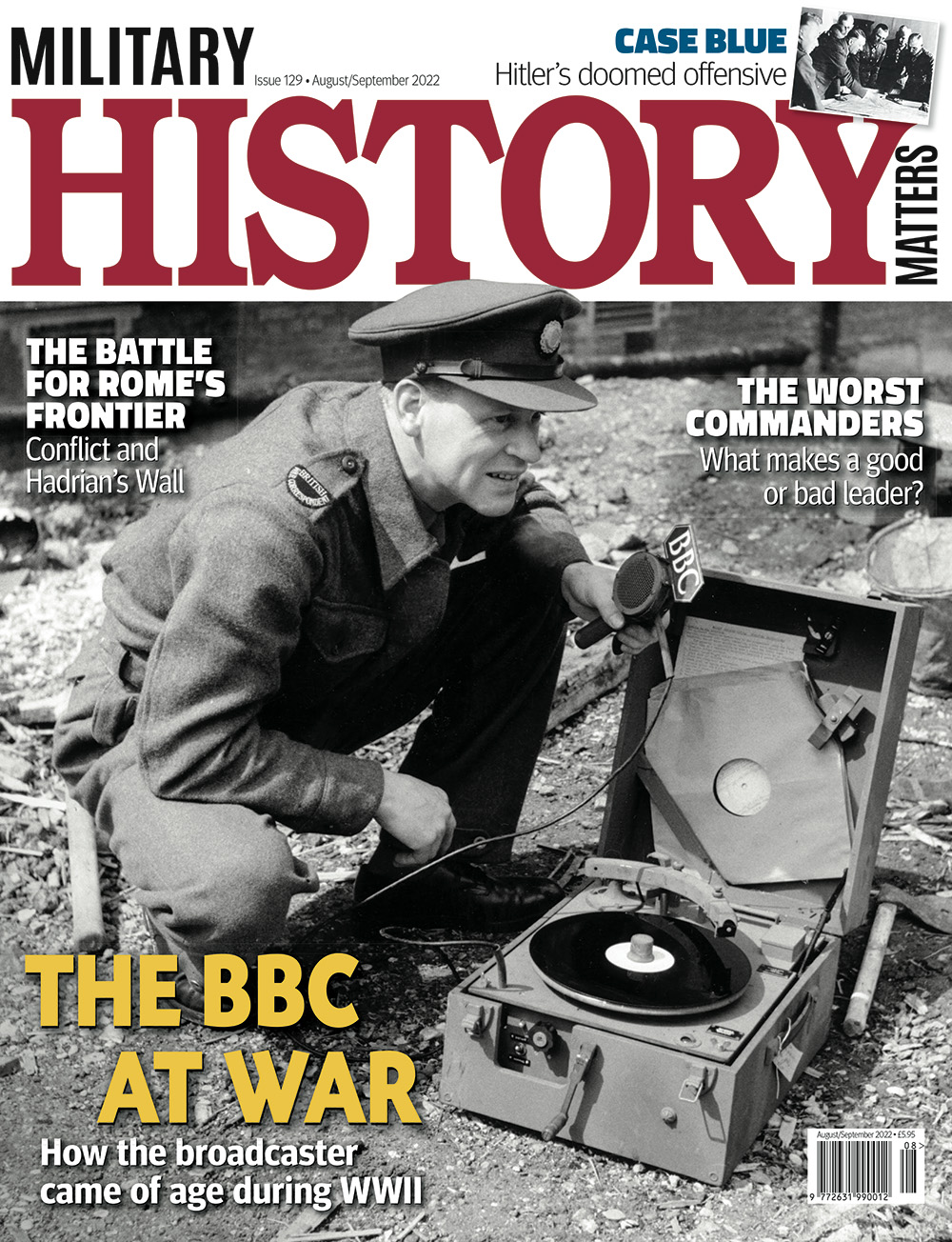Nearly 2,000 years after its construction, Hadrian’s Wall remains Britain’s most impressive military fortification. Stretching more than 80 Roman miles (117km) from coast to coast, it provides a vivid reminder of Roman occupation. But the question of why exactly it was built is still a matter of debate. Was it, as some have argued, designed as a way of repulsing full-blown barbarian armies? Or was it, as others contend, simply a means to control and tax the peaceful movement of people?
In our special this issue, Matthew Symonds examines evidence of earlier clashes between Britons and Romans that raises a fascinating new possibility: that Hadrian’s great legacy was conceived instead as a radical solution to a guerrilla threat that was in danger of spiralling out of control.
Also in this issue, you’ll find two features linked to the Second World War. In the first, David Porter analyses Case Blue, Hitler’s doomed attempt to launch a major new offensive on the Eastern Front in the summer of 1942. In the second, Taylor Downing celebrates the 100th anniversary of the BBC by looking at the Corporation’s finest hour, when it came of age during the conflict of 1939-1945.
Elsewhere, we ask: what makes a truly terrible military commander? Is it just a matter of winning and losing in battle, or does character also count? In an extract from a new book, three historians put forward their nominations for the most disastrous generals down the ages.
And finally, William Stroock recalls the Trent Affair, taking us back to the moment in 1862 when Britain and the United States nearly went to war.

